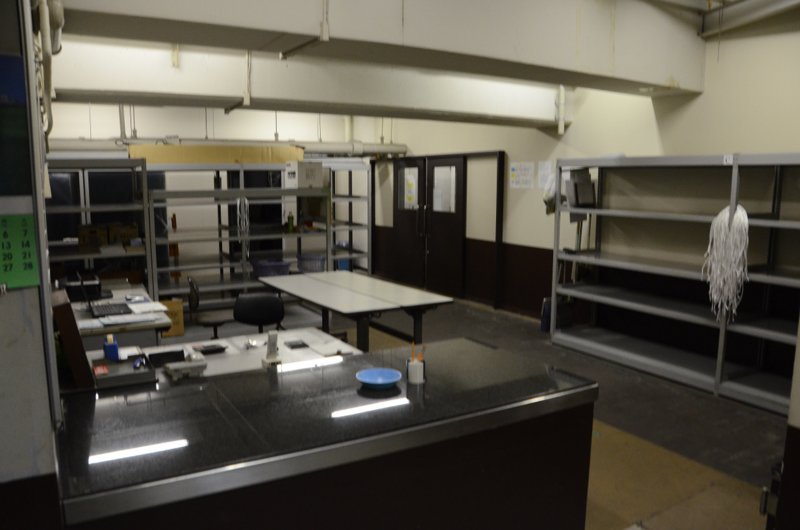My Favorite Hutong in Beijing: Nan Luo Gu Xiang
I love my Beijing hutong. Oh, there are others, and this one is starting to show a bit too much polish and will likely become crazy busy when the new subway stop at its southern end is completed. But it is “first love” at work here. Carlo, a Wisconsin friend in Beijing took me out here on one of my earlier Beijing visits, and since then we’ve been going back there every time I’m in the city.
These narrow alleys, common in old Beijing, but now becoming scarce as development bulldozes them away – are called hutongs. The name hutong is also applied now in a general sense to the remaining neighborhoods full of these alleys. The buildings are right up to the edge of the road, often with brick or stone front walls with siheyuans behind them (a group of small one- or sometimes two-story buildings built around an inner courtyard). Many fell to the dozer blade at the approach of the Olympics. Bummer. But China has a habit of wiping out much of a cultural thing and leaving one or two nice examples. (See one of the “canal towns” in Shanghai, such as Qi Bao)
People still live in these things, and in this hutong they are often foreigners who are attracted by the romantic notion (a notion that chills a bit maybe in winter when they can be pretty damn cold). Along Nan Luo Gu Xiang, most buildings have been converted to shops, bars, and restaurants. The alley is mostly a pedestrian mall but rest assured someone in their BMW will honk loudly at your heels every so often, driving way too fast down a narrow brick lane full of people, and the motorbikes and bicycles weave around you. Much of the construction here is old school and this means some of the establishments don’t have restrooms inside. All along the hutong you can find public restrooms just off the street, passably clean, and totally cold in the winter. And in some cases, rather military in their layout — no partitions for the toilets, which are often squat toilets by the way. Nothing like walking in on grandpa in the weightlifter’s starting position, drawers around his ankles. Ah, China.
To give you an idea how small these shops are, consider the bar just inside the hutong from the southern end of the alley: 12 sqm. As in twelve square meters. It’s a cozy little joint (a bit bigger than its name which really just refers to the front bar space) with a full bar, some imported beers, and great bartending. A rarity in China, it is nonsmoking. A rarity in the hutong, it has its own Western-style restroom. It’s foreign-managed at the moment and brings in book clubs, presentations, cool tunes, and primarily the expat-and-the-locals-who-love-them crowd. Great selection of whiskeys, including single malts.
A great restaurant is just a bit further into the hutong, on the east side of the road. They used to have a great Harry Potter sized menu-book complete with photos and translation. All of that is still available; if you know how to ask, they’ll cook it. But the current displayed offerings are fewer. Great taste, huge portions, super for sharing. Not sure if they will bring back the rooftop seating as they recently rebuilt the place almost exactly as it was.
But it is quite apparent that the franchises are moving in, the shops are getting a bit too stylish and touristy. All things must pass. There are other hutongs left, however. Your mission then is to find them.
Getting Here: just got a little easier. Line 6 of the Beijing subway system opened Nanluoguxiang Station on December 30, 2012. This will likely take some of the joy out of the hutong, but for travelers it’s a nice user-friendly introduction to the concept.
In Beijing on a Sunday? Head over to Tiantan Park and the Temple of the Sun and see how they spend a Sunday.
Find all inclusive deals at TravelSupermarket











 ORDER YOUR COPY TODAY!
ORDER YOUR COPY TODAY! ORDER YOUR COPY TODAY!
ORDER YOUR COPY TODAY!
Pingback: Eating China: Beixingqiao and Gui Jie, a Beijing Food Street